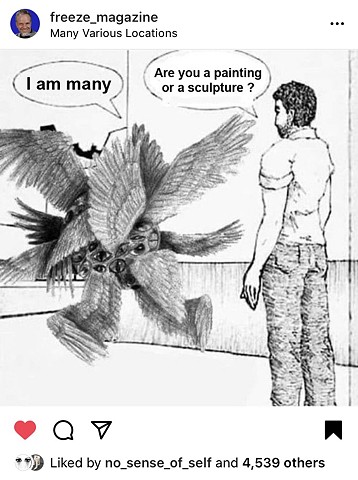About

Danielle Lawrence (also known as D or DL) is a visual artist whose work is rooted in an interdisciplinary approach to painting’s physical form. Their practice explores the cross-section of environmentalism, feminism, representation, and the hierarchies inherent to materials and aesthetics. Recent series use sewing canvas scraps to create pictorial compositions, bridging the act of repair to paintings traditional form. The sewn stitch, use of ceramics and collaborations with nature act as surrogates for the painterly gesture - in tandem with a variety of markmaking techniques such as staining, dyeing, drawing, rubbing and washing. Lawrence’s work frequently occupies a space between painting and sculpture. She is interested in the conceptual nature of hybridity as well as gender and class politics associated with materials and process.
DL’s work has been featured in numerous exhibitions in the Bay Area, Los Angeles, CA and Brooklyn, NY. Notable exhibitions include Gravity and Grace at Et al. Gallery, San Francisco, CA (2024); Look Up To The Sky, Mills College Art Museum at Northeastern University, Oakland, CA (2024); reflection/materiality at Minnesota Street Projects, San Francisco, CA (2021); A Spirit of Disruption at the Walter and McBean Galleries, San Francisco Art Institute, San Francisco (2021); Veils and Grids at Traywick Contemporary in Berkeley, CA, (2020); About Abstraction: Bay Area Women Painters at the Bedford Gallery at the Lesher Center for the Arts in Walnut Creek, CA (2017); Color As Space, As Sense at [ 2nd floor projects ] San Francisco (2012).
Her work is included in a number of important public and private collections, such as the Achenbach Foundation for Graphic Arts at the Legion of Honor, San Francisco, CA, C.H.O.M.P., Monterey Bay, CA, Fidelty Headquarters, Boston, MA, Mills College Art Museum, Oakland, CA and the Triton Museum of Art, Santa Clara, CA.
In 2021, DL was a recipient of a Quick Grant Award from the Center for Cultural Innovation, San Francisco, CA and a California Relief Grant. She was also awarded a fully funded artist in residence at the Sam & Adele Golden Foundation for the Arts in New Berlin, NY and was commissioned to write an article on the Vija Celmin’s retrospective entitled Artifacts of Presence: A Common Ungrounding for the San Francisco Museum of Modern Art (2019).
DL received a BFA from the San Francisco Art Institute (2003) and a MFA from Mills College (2011). Lawrence has taught in the Painting Departments at the San Francisco Art Institute and California College of the Arts, the Art & Art History Department at Mills College and the Graduate Department of Education at San Francisco State University.